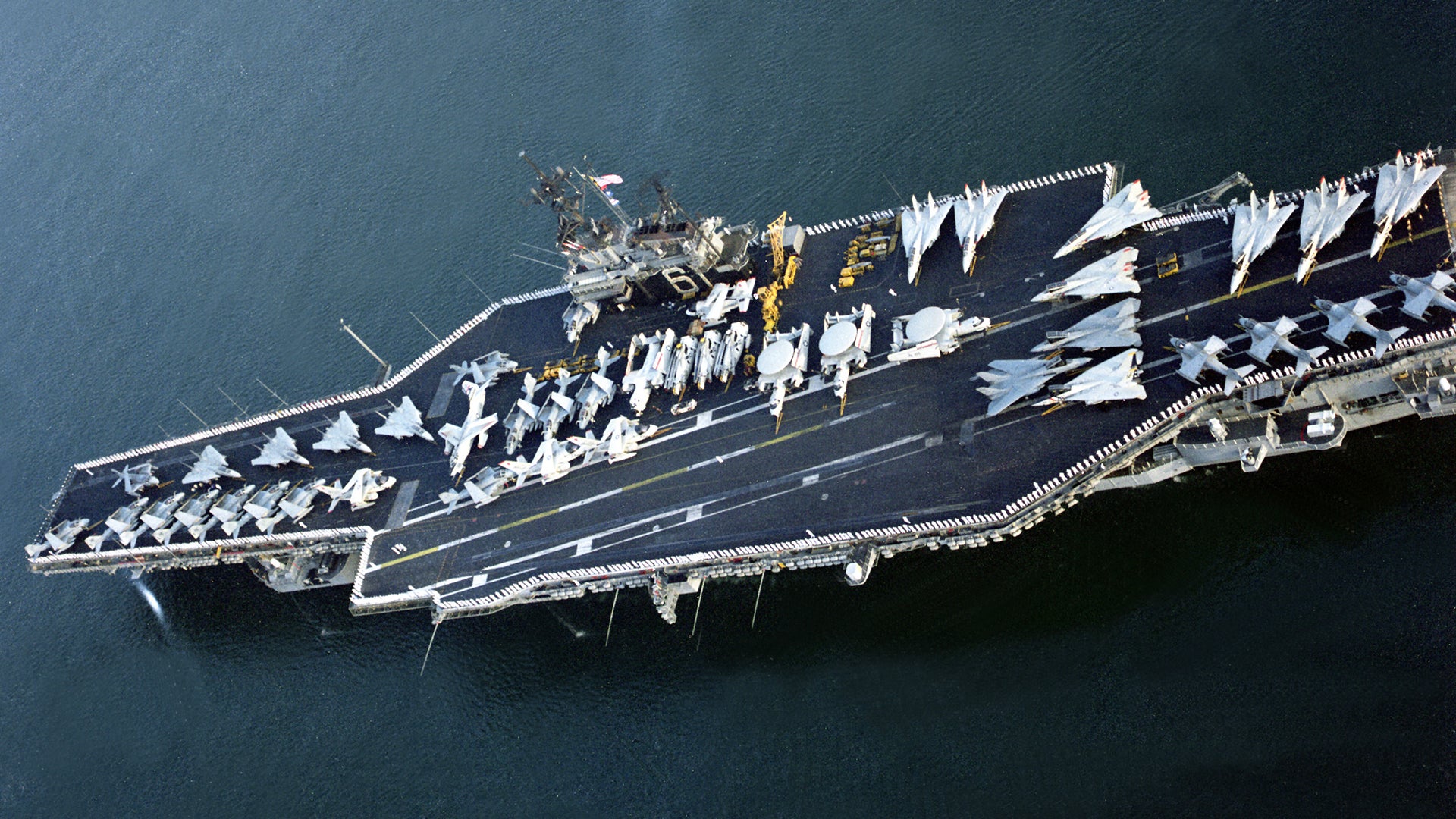We have talked about the highly diverse and numerous mix of aircraft that made up carrier air wings in decades past, and we have highlighted Battle Group Echo, the Battleship toting super flotilla that USS Ranger was a part of in 1987, but around that same time Ranger sported a unique air wing of its own.
Dubbed unofficially the “Grumman Air Wing,” Carrier Air Wing Two (CVW-2) deployed aboard the Ranger in mid 1986 with mostly Grumman-built aircraft, and no light attack squadrons whatsoever.
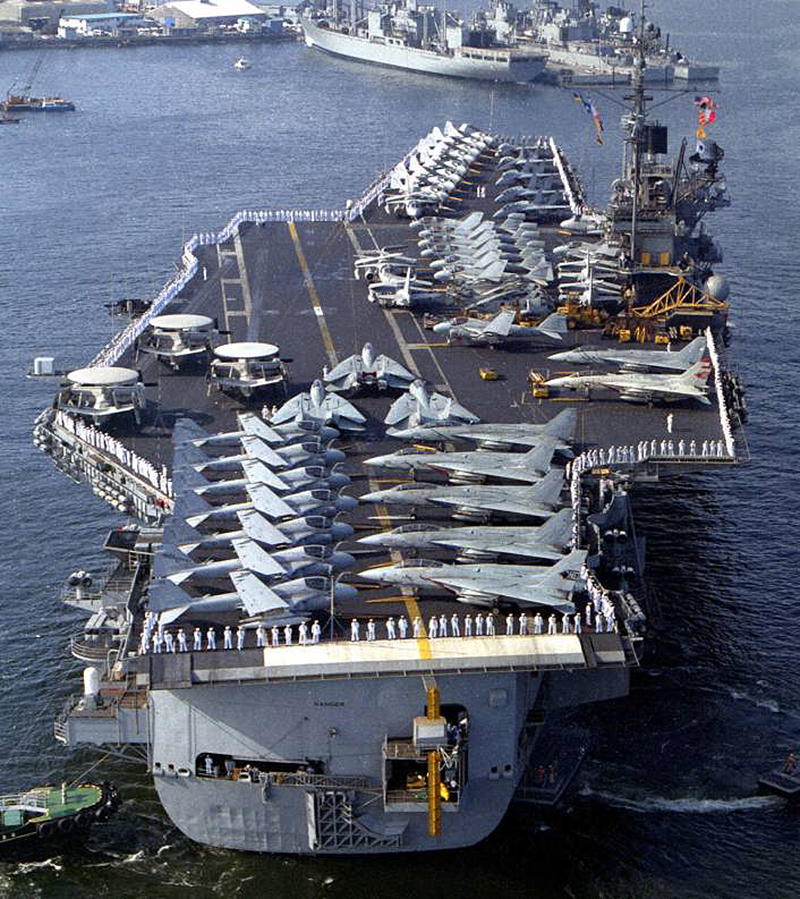
At the time, light attack and fighter attack squadrons were either made up of the LTV A-7 Corsair IIs or the still very young McDonnell Douglas F/A-18 Hornets. Instead, Ranger sported only two all weather attack squadrons made up of Grumman A-6 Intruders. One of these squadrons was augmented for the aerial refueling mission with KA-6D tankers. The carrier also embarked two fighter squadrons made up of Grumman F-14 Tomcats. The air wing’s electronic attack role was fulfilled by a squadron made up of another Grumman product, that being EA-6B Prowler. A E-2 Hawkeye airborne early warning and control squadron was part of the air wing as well and detachments of C-2 Greyhound carrier onboard delivery aircraft called on the ship regularly. Both the E-2 and C-2 are also Grumman aircraft. The rest of the air wing was comprised of non Grumman aircraft, but these consisted of only two types—the Lockheed S-3 Viking and the Sikorsky SH-3 Sea King.
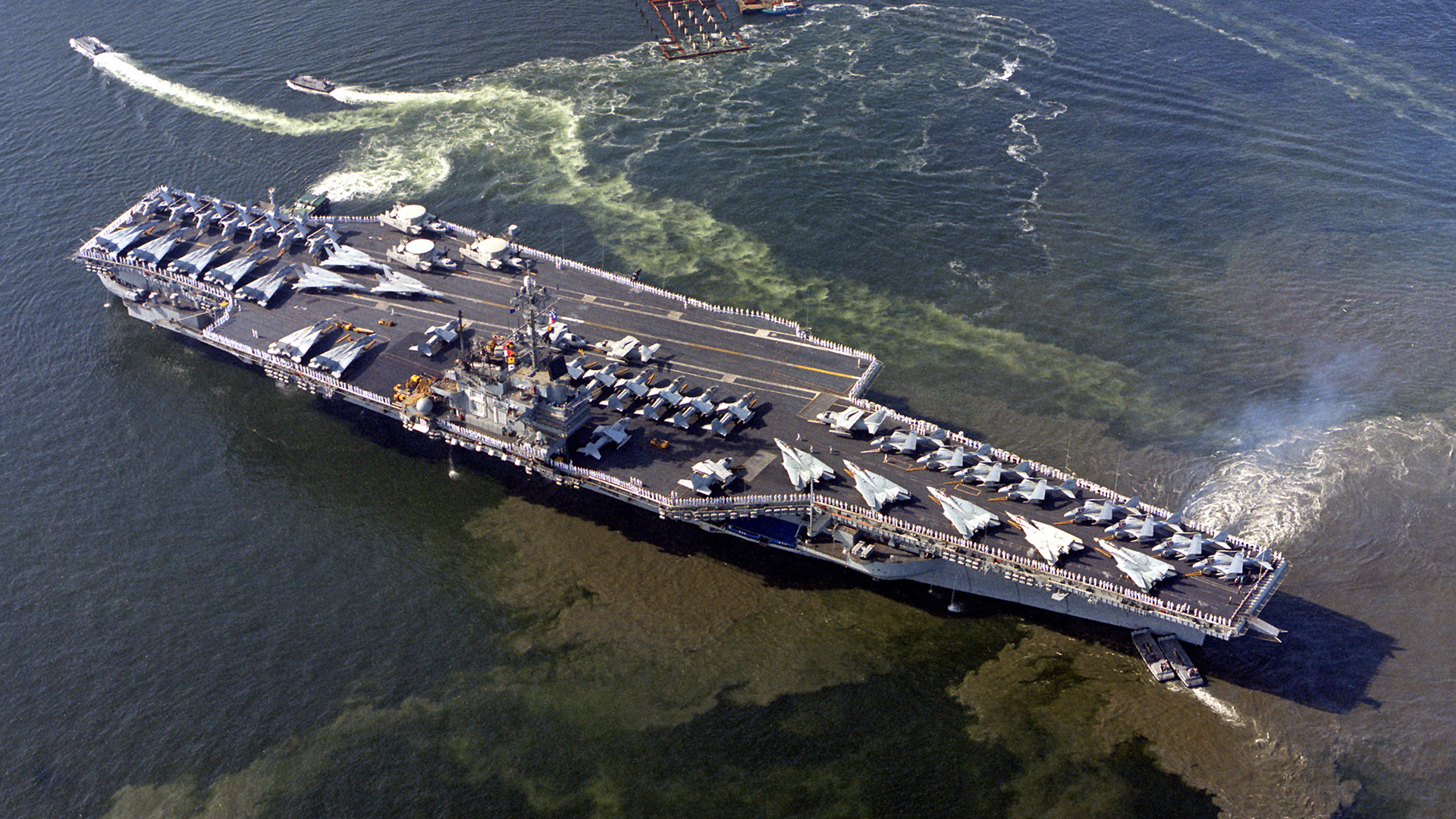
Here is the exact squadron mix of CVW-2 in 1986:
- VF-1 Wolfpack—F-14 Tomcat
- VF-2 Bounty Hunters—F-14 Tomcat
- VMA(AW)-121 Green Knights—A-6 Intruder
- VA-145 Swordsman—A-6/KA-6
- VAW-116 Sun Kings—E-2
- VAQ-131 Lancers—EA-6B
- HS-14 Chargers—SH-3
- VS-38 Red Griffins—S-3
*The air wing stayed largely unchanged until the Ranger’s retirement in 1993, aside from a swapping of VMA(AW)-121 Green Knights with VA-145 Silver Foxes in late 1990.
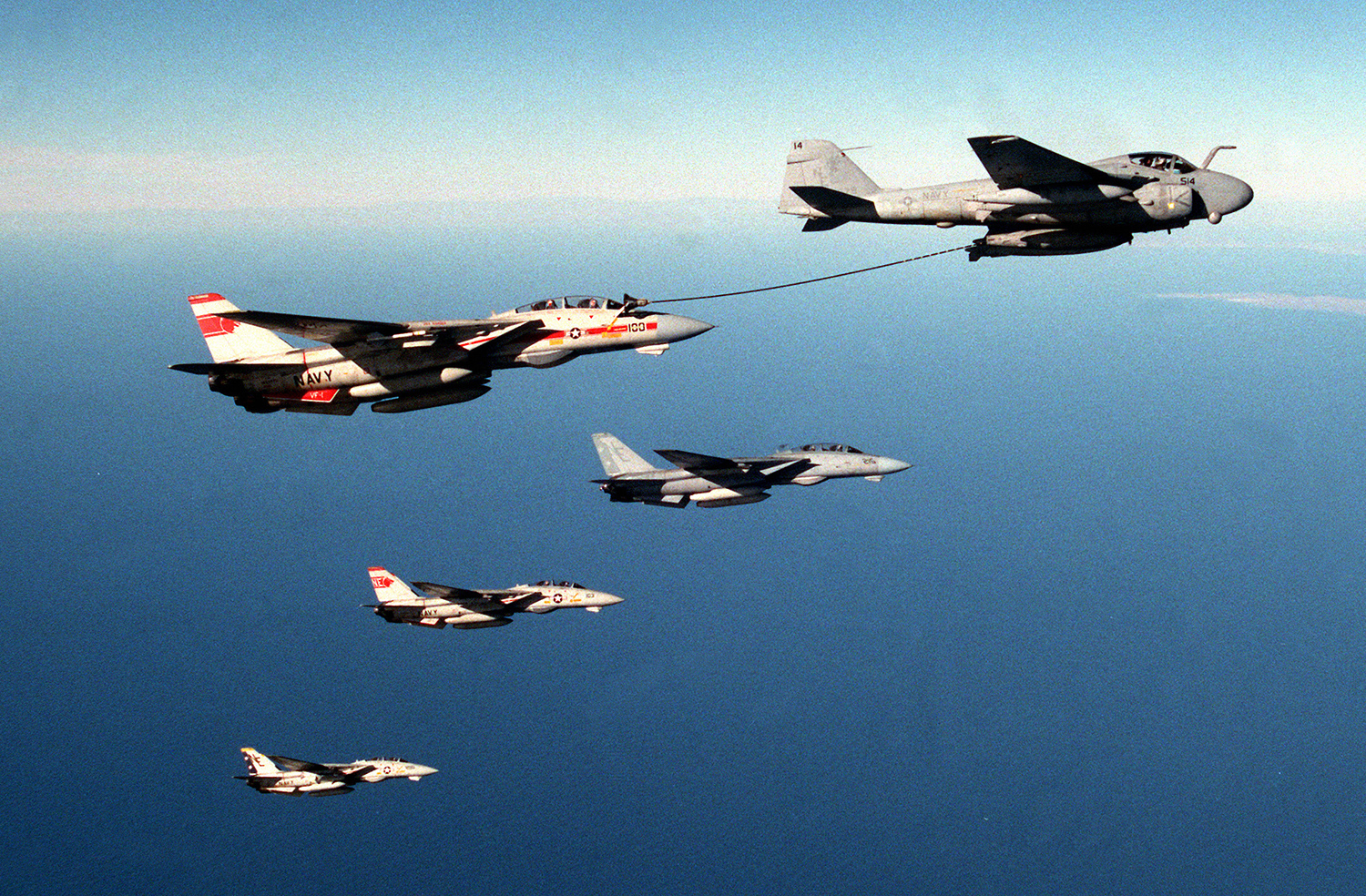
For comparison, USS Forrestal (CV-59), the same class of ship as Ranger, was deployed at the same time in 1987 but had a much more common air wing configuration. This included two F-14 Squadrons, two A-7 squadrons, one A-6/KA-6 squadron, one S-3 squadron, one EA-6B squadron, one E-2 squadron and a SH-3 squadron. Around this same time, Nimitz class supercarriers were sporting two F-14, two F/A-18, two A-6 and one EA-6B squadrons, as well as the same number of support squadrons as seen on the Forrestal class ships. Smaller Midway class carriers were deploying with three F/A-18 Squadrons, two A-6 squadrons—one of which had KA-6s—one E-2C squadron, one EA-6B squadron, and one SH-3 squadron.

It seems that the USS John F. Kennedy (CV-67) may have actually established the “Grumman Air Wing” concept before Ranger, but for just one year, between mid 1983 and 1984, with one major difference being there was a detachment of EA-3D Skywarriors that also flew from the boat. What made Ranger’s incarnation of the concept so interesting is that from mid 1986 on through Desert Storm and till its retirement in 1993, the ship kept with the Grumman Air Wing configuration, and CVW-2’s makeup largely stayed the same.
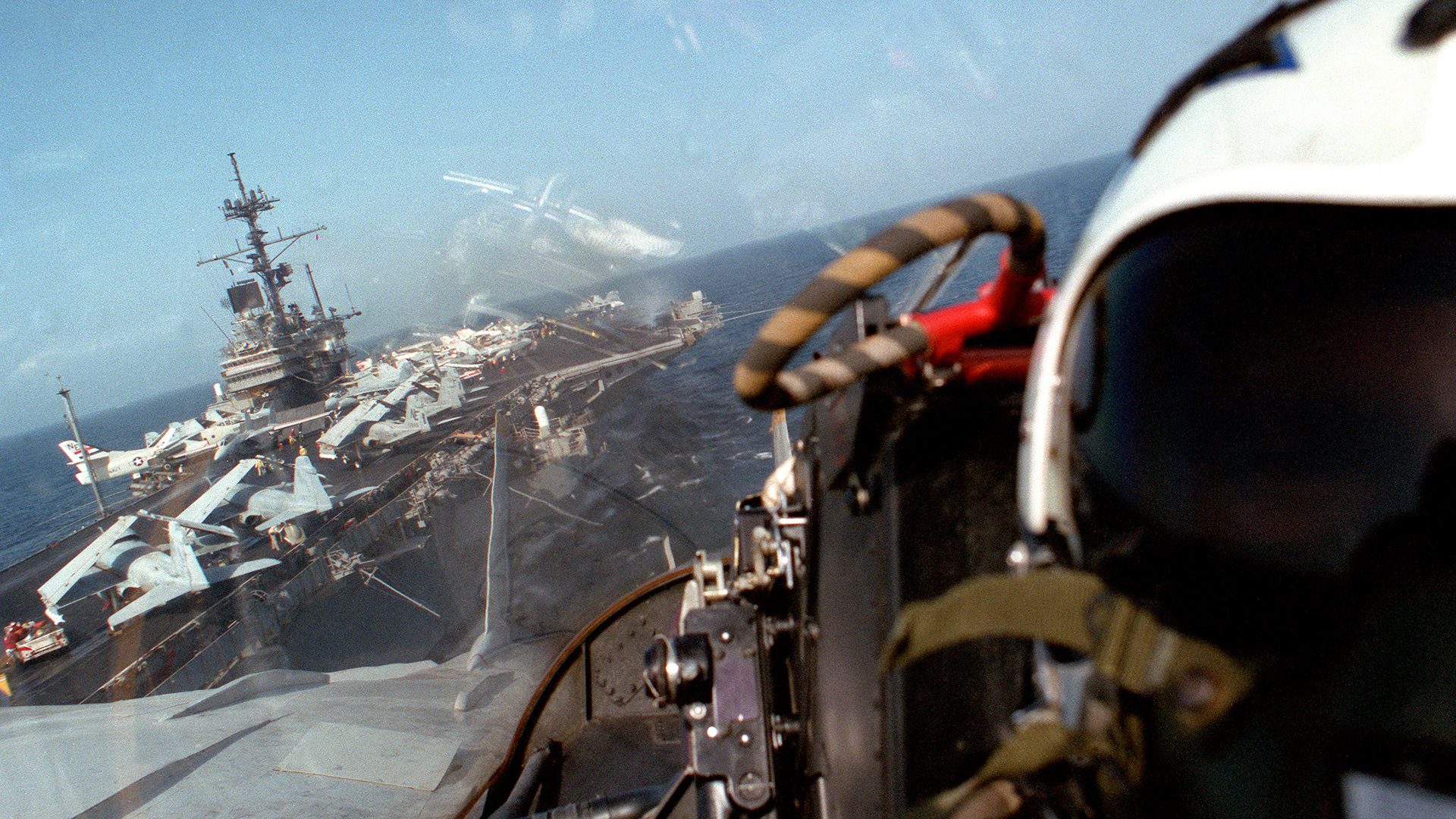
It’s not entirely clear where the Grumman Air Wing concept came from, but it likely was a result of a number of factors. First being it was a simpler configuration to sustain as less aircraft types were embarked aboard the ship. In fact, the air wing’s inventory is somewhat similar to the current super carrier air wings of today, which have Hornets, Super Hornets, and Growlers that make up the fixed-wing tactical core of the air wing. The Super Hornets and Growlers share direct commonality, much like the A-6, KA-6 and EA-6B. The Super Hornet and the Hornet less so, but still there are synergies between the two fleets. Sadly and stupidly, the S-3 Viking has been removed from carrier decks for the better part of the decade, and the tiny handful that were serving in other roles were retired in early 2016.
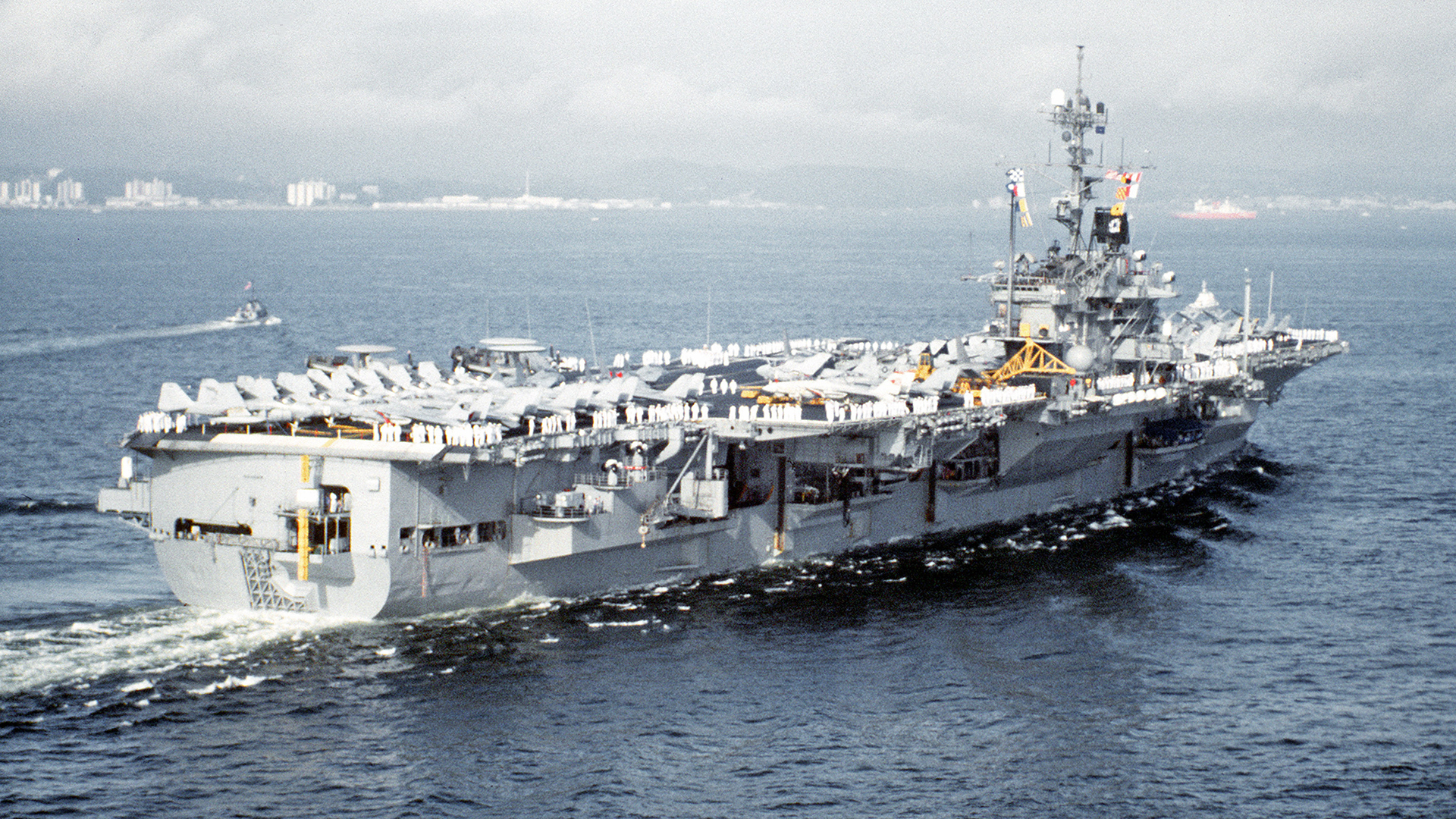
Aircraft availability at the time was likely also a factor as fleet management led to some unique air wing configurations. Each carrier’s capabilities, intended use and deployment area were also variables. Still, without a light attack or strike fighter squadron or two, Ranger’s air wing had some limitations. The A-6E TRAM upgrade packed a powerful and modern punch, and was able to drop precision guided munitions under certain conditions, but the omission of light attack squadrons and their crews that train more for close air support than their strike-focused Intruder crew counterparts would have limited the carrier’s ability to support ground operations, and a handful of other missions to some degree.
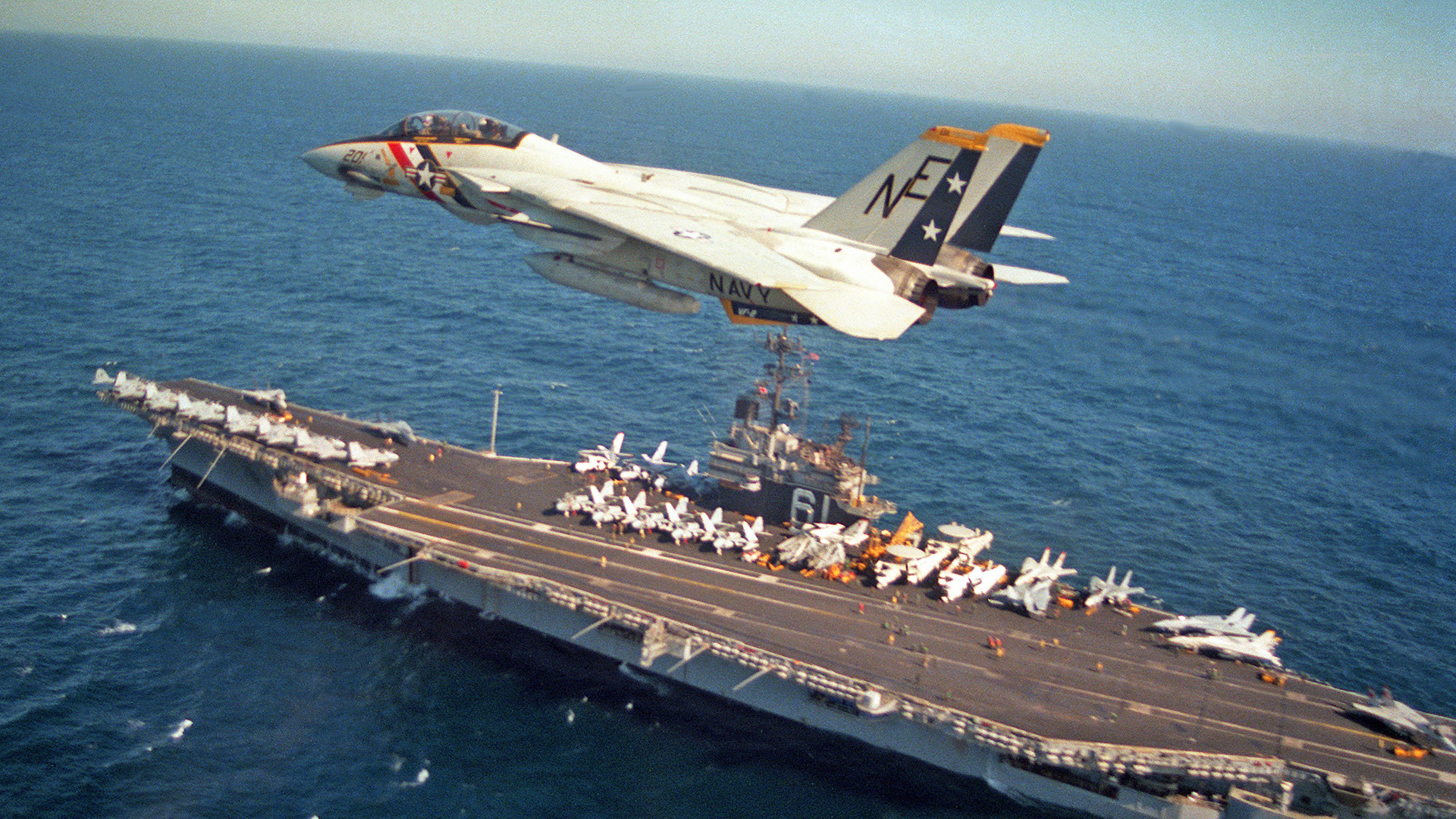
Today “Grumman Iron” has largely vanished from the decks of America’s supercarriers, with only the E-2 Hawkeye and C-2 Greyhound being of Grumman heritage. The C-2 will slowly be retired in the coming decade, with a poor replacement in the CMV-22 Osprey taking its place. But Grumman’s proud naval aviation heritage may be on the verge of a resurgence of sorts.
The Navy is actively working to field its first operational advanced unmanned air vehicle from the decks of its carriers. The program is known as the Carrier Based Aerial Refueling System, or CBARS for short, and the type has now gained the designation MQ-25 Stingray. Although the Navy should have reached farther when it came to fielding a semi-autonomous carrier based drone, including deep strike and penetrating reconnaissance in its mission portfolio, the MQ-25 is still what is likely the beginning of a slow end for carrier-borne manned aircraft systems.

Northrop Grumman is uniquely well poised to win the MQ-25 contract and others that will follow for more advanced and capable drones. The company pioneered the technology with its X-47B demonstrators and continues to be a leader in the unmanned space. There will still be very stiff competition from Lockheed, Boeing, General Atomics and possibly others, but who knows, maybe the Grumman’s Air Wing will return to carriers in the form of a hive of swarming advanced unmanned combat air vehicles in the decades to come.

Contact the author: Tyler@thedrive.com
